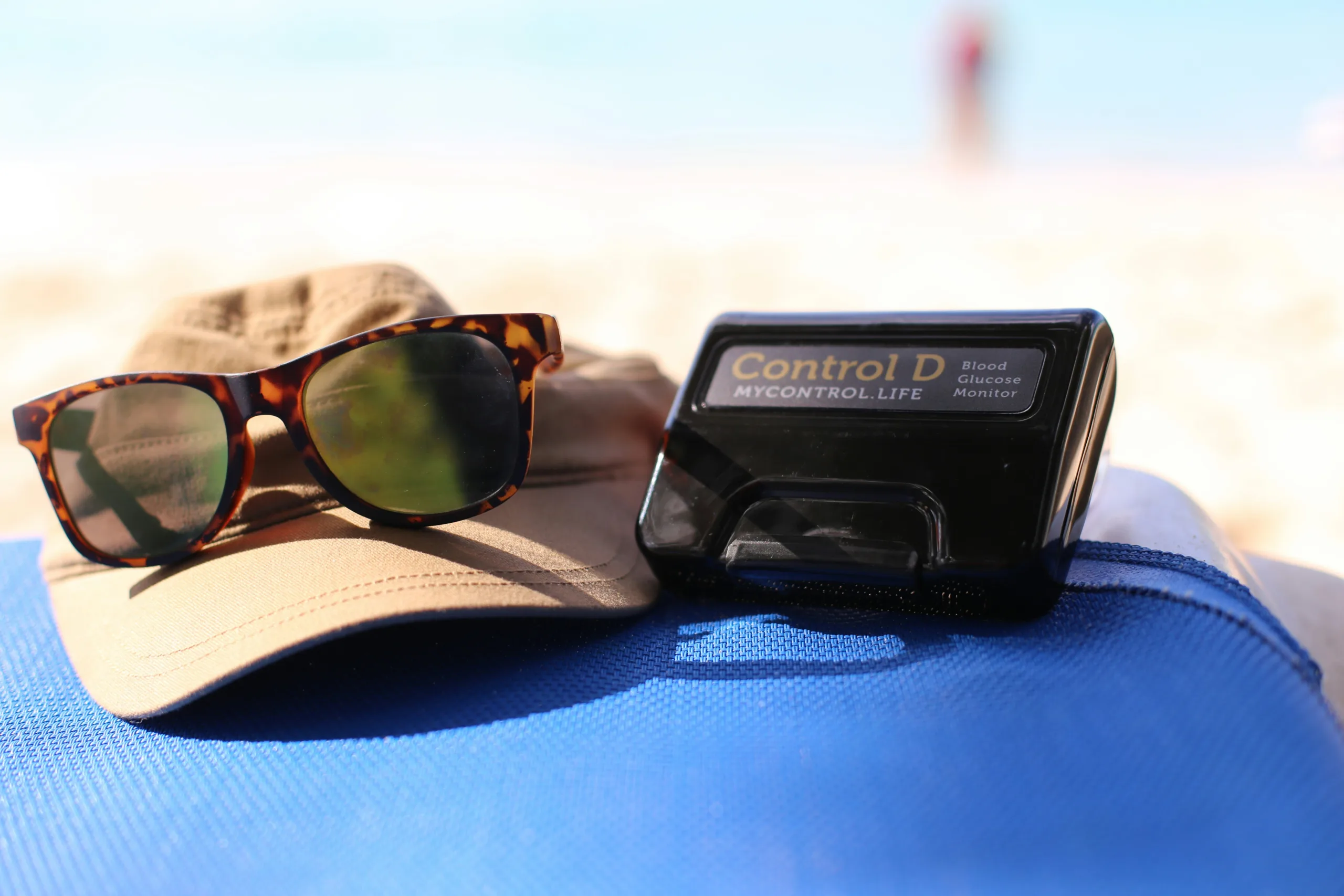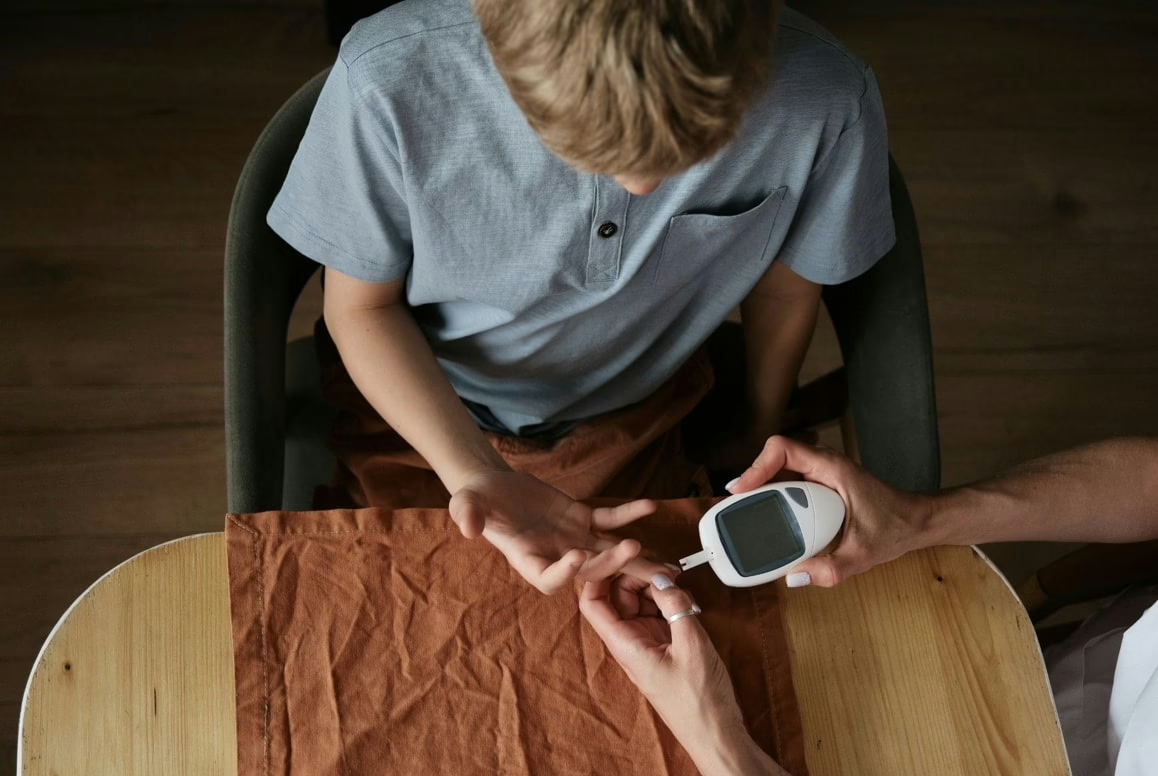Embarking on summer adventures can spark excitement and a bit of anxiety, especially for those managing type 1 diabetes (T1D). While exploring new destinations is thrilling, the necessity of meticulous diabetes management travels with you. This guide is crafted to help navigate the complexities of traveling with diabetes—from packing essentials to managing your insulin and medical supplies effectively.
Whether catching flights, exploring overseas locations, or enjoying a peaceful getaway, we’ll ensure you’re well-prepared to handle your health confidently. Let’s make your summer travel as smooth and enjoyable as possible.
Additionally, check out our companion blog, “Top Tips for Navigating the Summer Heat with T1D.” It’s full of valuable insights to help you maintain stable blood sugar levels in the heat.
Step 1 – Preparing for Travel
Successful travel with T1D hinges on careful preparation. Here’s how to ensure that everything from your insulin to your emergency kit is ready for the road ahead:
a.Create a Travel Checklist
Start with a comprehensive checklist. This should include all your diabetes supplies such as extra insulin, test strips, batteries for devices, and backup syringes or pens. Remember, it’s better to have more than you think you might need to avoid any stressful shortages while you’re away from home.
b. Pack Extra Supplies
Always pack double the amount of medical supplies you usually use. Travel can be unpredictable, and having extra means you’re covered for delays, losses, or unexpected changes in your routine that might increase your needs. This includes additional test strips, insulin, and especially quick-acting carbohydrates for treating low blood sugar levels.
c. Carry-On Bag Essentials
Keep all your diabetes supplies in your carry-on luggage. Checked bags can go missing or face extreme temperatures that could damage insulin. Essentials for your carry-on should include:
- Insulin and cooling packs to keep it at the right temperature.
- Glucose monitoring equipment and extra batteries.
- Emergency snacks, like glucose tabs or gels, are crucial if your blood sugar dips.
By organizing these key elements, you’ll not only manage your diabetes effectively while traveling but also reduce stress, making your travel experience more enjoyable. Let’s ensure your insulin stays cool and you breeze through security.
Step 2 – Managing Insulin and Medical Supplies
Navigating the logistics of traveling with insulin and other medical supplies is critical for maintaining your health and peace of mind while on vacation. Here’s what you need to know:
a. Keeping Insulin Cold
Maintaining the proper temperature for insulin is paramount. Use gel packs and insulated cases to keep insulin cool without freezing it. Compact, portable cooling solutions, such as travel-specific medical coolers, are excellent for long flights or road trips.
b. Navigating Airport Security
Airport security can be daunting, but being prepared makes it smoother:
- Doctor’s Note: Carry a letter from your doctor detailing your need to carry medical supplies. This will make discussions with TSA agents easier.
- Proper Packaging: Keep all your supplies neatly organized and easily accessible in your carry-on. Declare these items at security checkpoints to avoid any issues.
- X-Ray Machines: Insulin pumps and CGMs should not go through X-ray machines. Request a manual inspection to prevent damage to your equipment.
c. Insulin Pumps and CGMs
If you wear an insulin pump or CGM, take extra precautions:
- Avoid Full-Body Scanners: To protect your devices, opt for a pat-down instead.
- Backup Plans: Always have a backup plan for your pump or CGM, such as manual insulin injections, in case of device failure.
Your travel will be less stressful with proper planning even if navigating these challenges can seem overwhelming.
Traveling with T1D can be complex, but with your help, we can make it easier. Consider supporting Diabetes Research Connection to fund critical research and provide resources that help people with diabetes manage their condition effectively, even on the go. Your donation can make a significant difference in the lives of those with diabetes. Visit our website to donate and help us continue our mission to enhance the quality of life for individuals with T1D. Every contribution brings us closer to better solutions and greater understanding.
Step 3 – Staying Safe and Healthy During Travel
When managing T1D, staying vigilant about your health while traveling is crucial. Here are key strategies to keep you safe and healthy on your journey:
a. Adjusting to Different Time Zones
Traveling across time zones can disrupt your regular diabetes management routine. Adjust your insulin pump’s clock or plan your injections according to the new local time to maintain your usual regimen. To gauge how your body is adapting, monitor your blood sugar levels and make any necessary adjustments.
b. Handling Emergencies
Prepare for the unexpected by packing an emergency kit that includes a glucagon injection, extra supplies, and simple translation cards with phrases related to diabetes management in the language of your destination. Inform travel companions about your condition and what to do in an emergency, ensuring they know how to use your emergency kit.
c. Travel Insurance and Medical Alerts
Invest in travel insurance that covers medical emergencies related to diabetes. This can save you from unexpected medical costs and provide peace of mind. Additionally, always wear a medical alert bracelet or necklace that identifies your condition. In an emergency, this will quickly inform responders about your health needs.
By maintaining these precautions, your travels can be both enjoyable and safe. Remember, with the right preparation, you can explore new horizons without compromising your health.
Travel Smart with T1D
Traveling with T1D does require extra planning, but it shouldn’t keep you from enjoying your summer adventures. Preparing thoroughly, managing your medical supplies wisely, and staying aware of your health needs, will make an enjoyable trip. Remember to pack wisely, stay informed, and keep your health a top priority no matter where your travels take you.
As you prepare for your summer travels, check out our other blog, “Top Tips for Navigating the Summer Heat with T1D.” It offers advice on managing diabetes when temperatures rise, complementing your travel plans perfectly.
We hope this guide helps you feel more confident and equipped for your upcoming travels. Get involved with a community that understands your needs, visit Diabetes Research Connection, and consider donating to help us continue funding new research that makes a difference in the lives of those with T1D. Safe travels and a happy summer!




